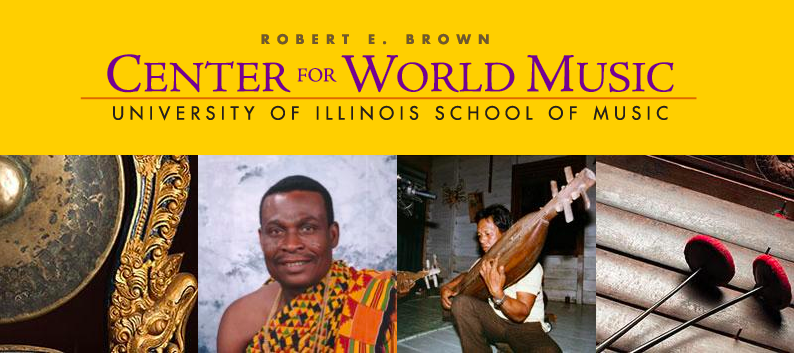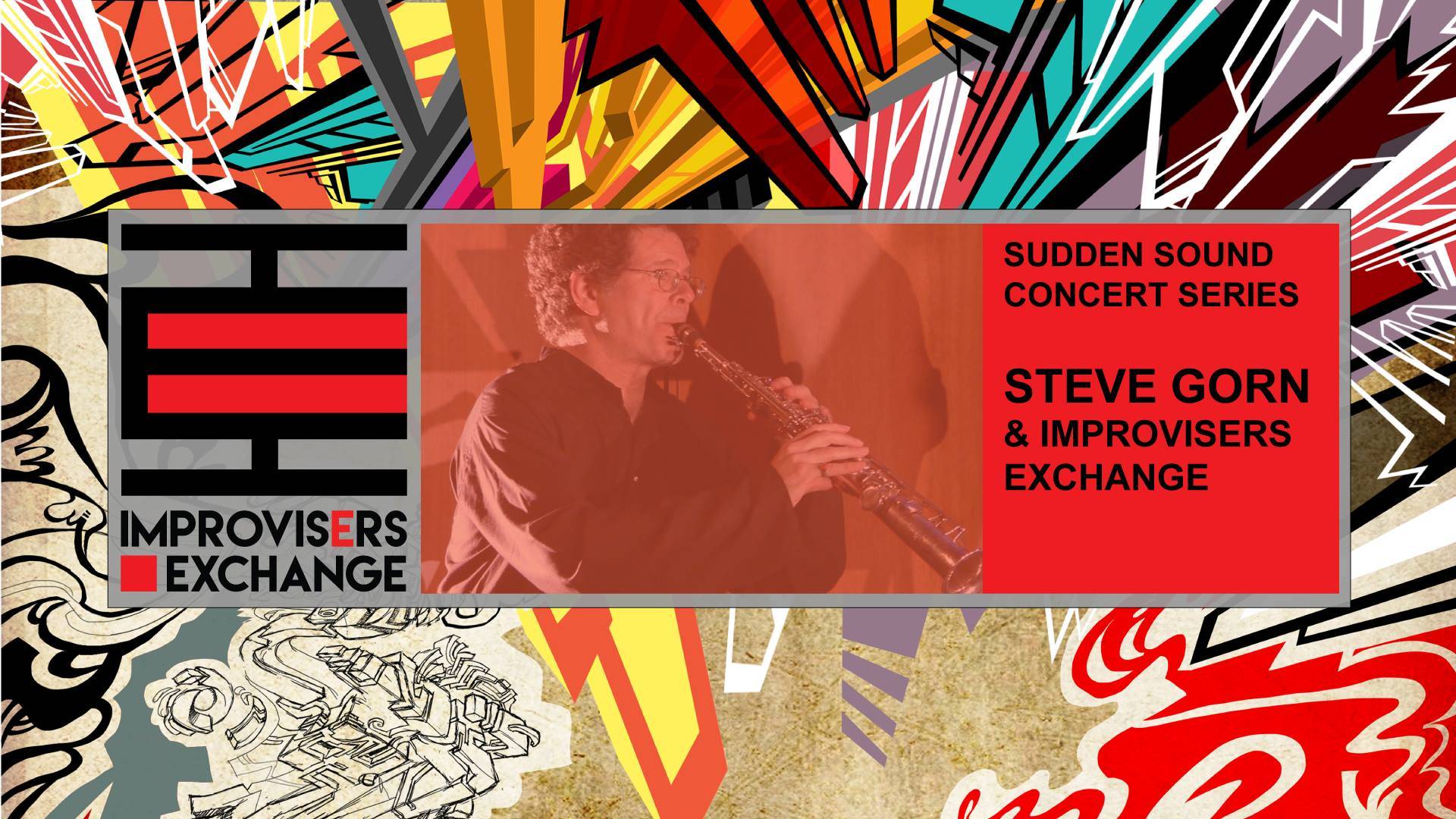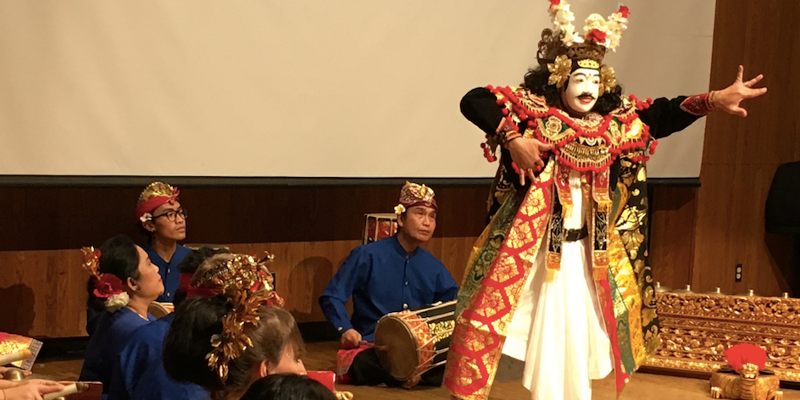For the uninitiated, the term “World Music” might seem a little perplexing. On first blush, you might get the impression that it describes any and all music other than Chris Hadfield playing acoustic guitar on the International Space Station, but in fact the term is a bit more grounded. The definition is inexact and contextual, but when ethnomusicologist Robert Brown coined the term in the 1960s it was used to describe the traditional music of indigenous peoples around the world.
If you’ve been exposed to WEFT 90.1FM between 2-4 p.m., then most likely the term isn’t foreign to you. Across human history, cultures on every continent invented their own forms of music independently, and while the urge to make art out of sound appears to be common among all cultures, the different styles that have emerged around the world are as disparate as the languages spoken. Whether you like to marvel in the varieties or you really like one particular traditional music, here in Champaign-Urbana we are privileged to have a steady flow of opportunities to experience and participate in world music. For that we can thank our unusually global population and the work of the Robert E. Brown Center for World Music, named for the aforementioned pioneering ethnomusicologist who was the center’s founding benefactor.

Later in this series, I’ll take a more in-depth look at some particular world music traditions, concerts, and activities that take place here in C-U, but any discussion of world music in C-U must start with the area’s world music hub, the Robert E. Brown Center for World Music (CWM), a unit of the University of Illinois School of Music. CWM’s mission is to promote “understanding and appreciation of world traditions of music and dance” and by extension foster respect and appreciation for the cultures these traditions come from. CWM achieves this by inviting visiting artists from around the world for residencies, performances, lectures, and instruction, and that’s how the general public ends up with so many opportunities to experience artists from all over the world, often free of charge.
CWM’s program coordinator Jason Finkelman was established as the director of the Global Arts Performance Initiatives in 2012 and due to his background in organizing events, concerts and community engagement have been a growing aspect of CWM’s work under his tenure. CWM also co-sponsors events with other arts and education organizations, like the upcoming residency of Bansuri flutist Steve Gorn, which is hosted by the Center for Advanced Study.

Other recent and upcoming guests of CWM have brought traditional music from West Africa, Japan, Brazil, Greece, Georgia, Tuvan Central Asia, Azerbaijan, Iran, India, Congo, Bali, and more. A few times a year CWM hosts an ongoing concert series called Gateways to World Music with new visiting artists, with the next one featuring “The Ecstatic Music of the Indian Himalayas” by Pritam Bhartwan and Stefan Fiol scheduled for February 25th at Spurlock Museum, supported by the Lorado Taft Lectureship on Art Fund and the College of Fine and Applied Arts. A full calendar of events can be found on the CWM website.
CWM does not only host concerts for visiting artists, they also host a Balinese Gamelan ensemble concert twice a year with both of the two local ensembles instructed here in C-U by renowned artist I Ketut Gede Asnawa. Professor Asnawa instructs one ensemble as an accredited course for U of I music students, and on Monday evenings from 6-8 p.m. gives Gamelan instructions to the community free of charge, with no prior experience necessary. The Balinese Gamelan ensembles are a central pillar of CWM. Bali, the island province of Indonesia which is home to most of the country’s Hindu minority, is famous for the many rich and sophisticated traditional art forms, and Gamelan music is no exception.
Gamelan ensembles are comprised mostly of special pitched metal percussion instruments hit with mallets. The closest analogue that is common in western music would be a xylophone. Special gongs and hand drums are also essential elements, and flutes, singing, and stringed instruments are also used but are typically a smaller part of the ensemble and sound. The complex rhythms, changing tempos, unfamiliar melodies, and ringing timbre coalesce into an enveloping sound with a trance-like quality. CWM also brings Balinese Gamelan to elementary students with a program supported by the Urbana Arts Grants at Martin Luther King Jr. Elementary School in Urbana, where they offered an 8-session program culminating in a performance for the kids’ parents and classmates.
In the coming weeks this series will look more closely at some of the particular world music traditions and events that are active here in Champaign-Urbana. If you are interested in seeking more information yourself, you can learn more and stay up to date on the world music events calendar by visiting the CWM website.
This is one part of a series on world music in Champaign-Urbana.








